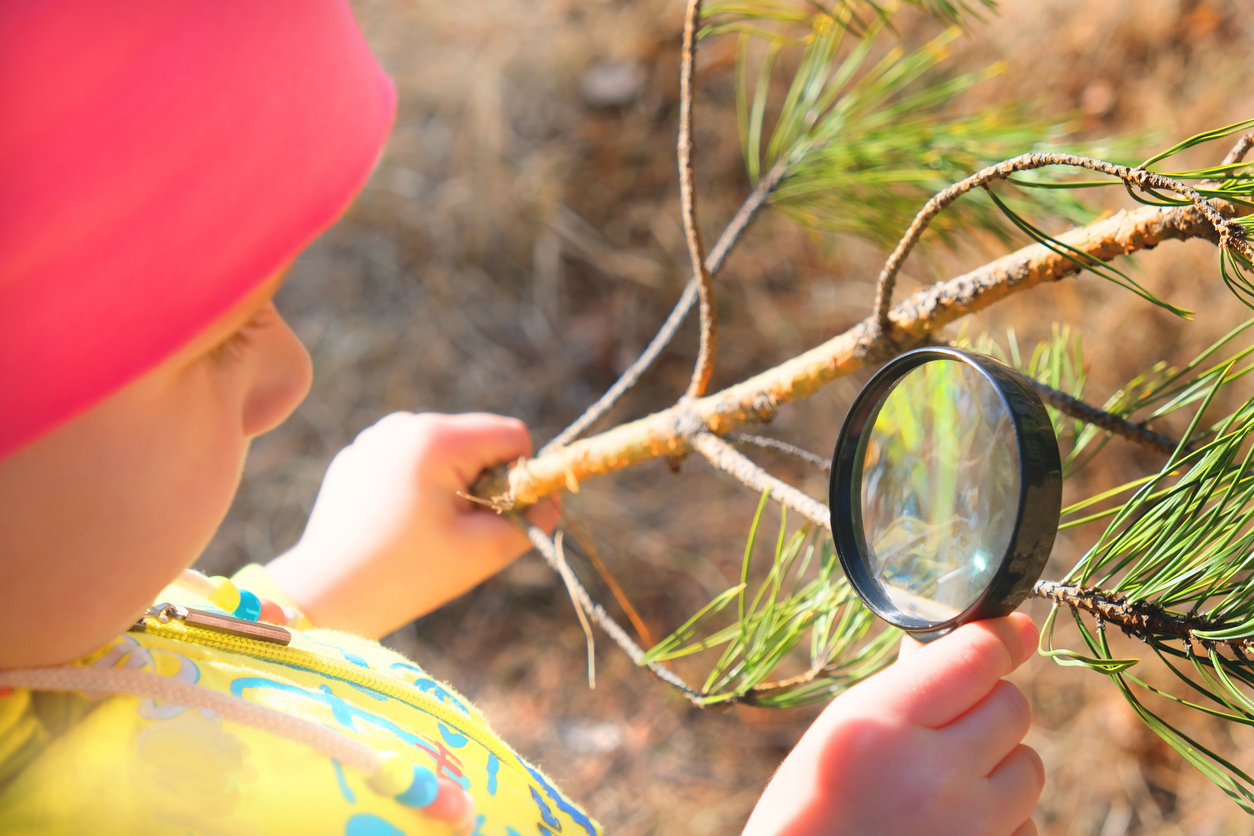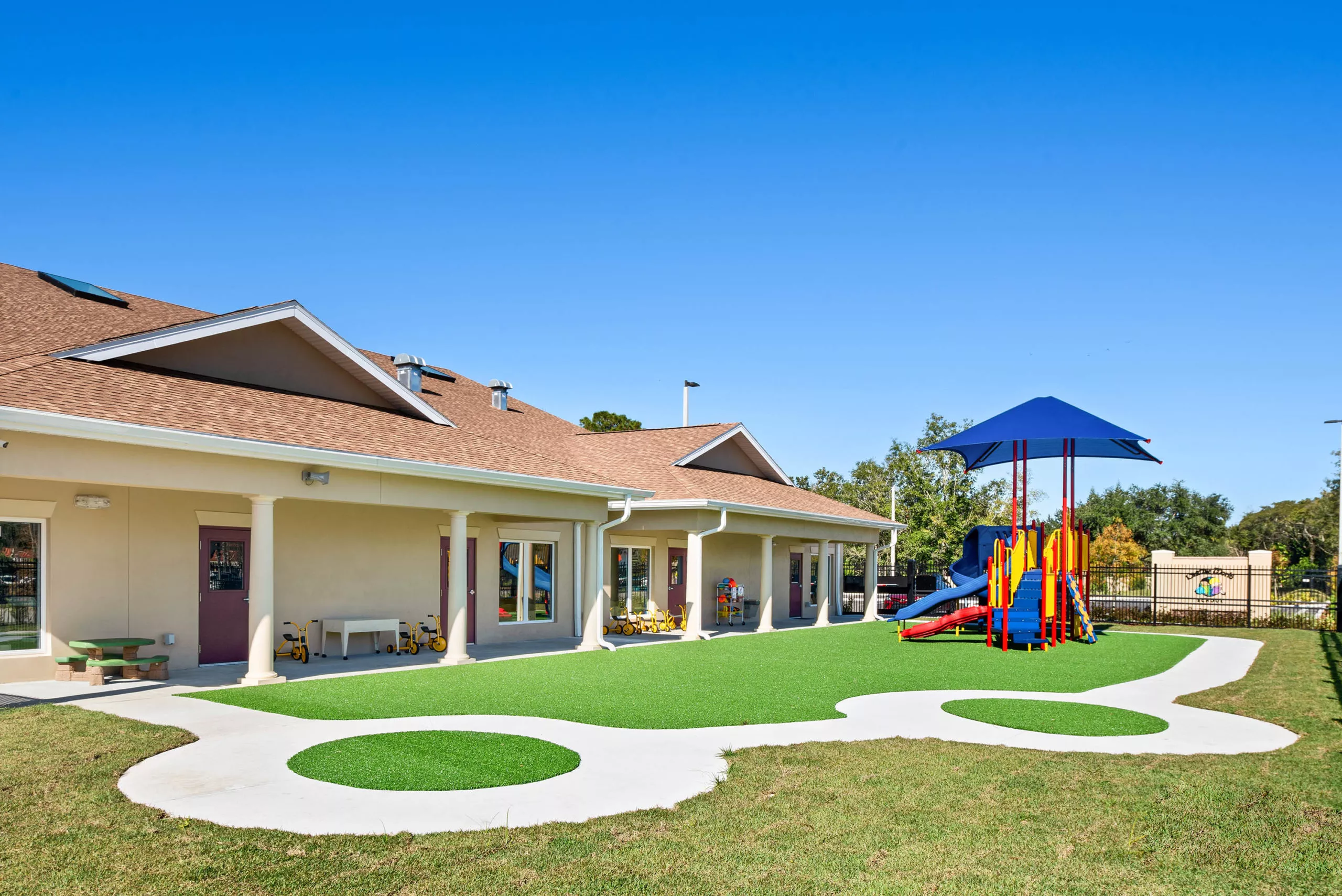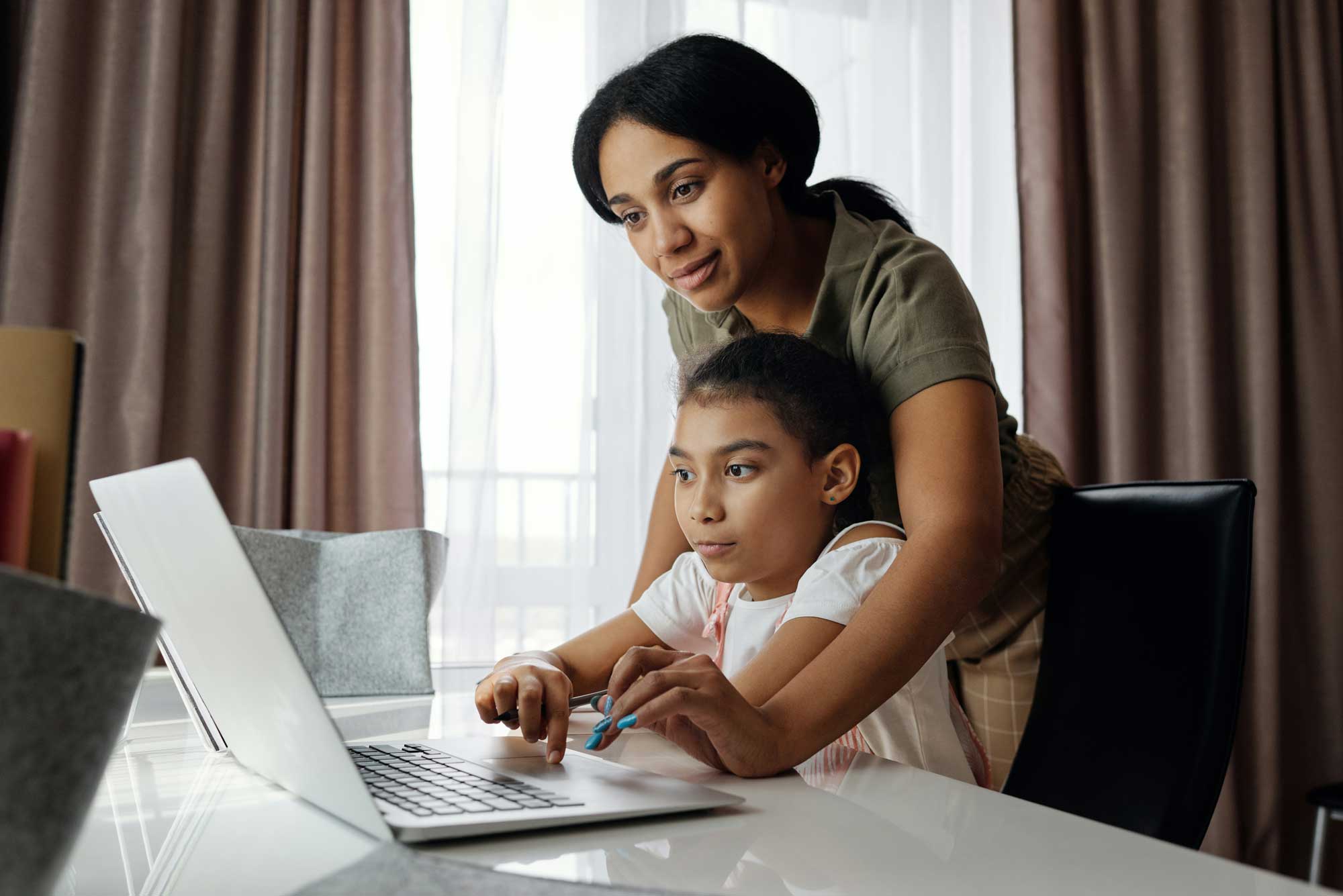
Screen Time Recommendations for Toddlers: What Parents Need to Know
Creative world school Apr 15, 2025
Juggling screen time with toddlers—those endless loops of Paw Patrol, constant requests for ‘just one more video,’ and tablet-induced meltdowns when it’s time to disconnect—can feel like a never-ending game of tug-of-war. And if you’ve ever scrolled through parenting forums only to drown in conflicting advice about what’s “best,” you’re not alone. How much screen time is too much? The answer isn’t one-size-fits-all, especially when tablets, smartphones, and TVs are all competing for your child’s attention. But here’s the good news: You don’t have to choose between tech and play. We’re cutting through the noise with clarity, not judgment. Backed by pediatric experts and real-world parenting wisdom, we’ll unpack practical strategies to balance screen time, protect your child’s development, and reclaim peace in your daily routine—because raising kids in the digital age shouldn’t feel like a battle.
What Experts Say: Official Screen Time Guidelines for Toddlers
Leading health organizations encourage structured limits for children under five. The American Academy of Child & Adolescent Psychiatry (AACAP) advises avoiding screens entirely for kids under 18 months (except video chatting) and capping screen time at one hour per day of high-quality programming for toddlers aged 2–5. For more offline time, the World Health Organization (WHO) recommends replacing sedentary screen time with active play and sleep. Think fingerpainting and naps. Why? Toddler brains require messy, hands-on play to develop language, focus, and resilience, and quality rest to solidify those skills.
Why Balance Matters: Screen Time vs. Active Play
Playtime isn’t just fun—it’s a developmental powerhouse. Unstructured play boosts creativity, problem-solving, and motor skills, while excessive screen time can delay social-emotional growth. It can also hurt your child cognitively. In fact, toddlers with more than two hours of daily screen exposure scored lower in communication and memory tests. Striking a balance means designating tech-free zones (like mealtimes or bedrooms – yes, even for parents!) and prioritizing activities like outdoor play, reading, or puzzles. For inspiration, check out The Whole-Brain Child by Daniel J. Siegel and Tina Payne Bryson, a book that unpacks how play shapes cognitive and emotional development.
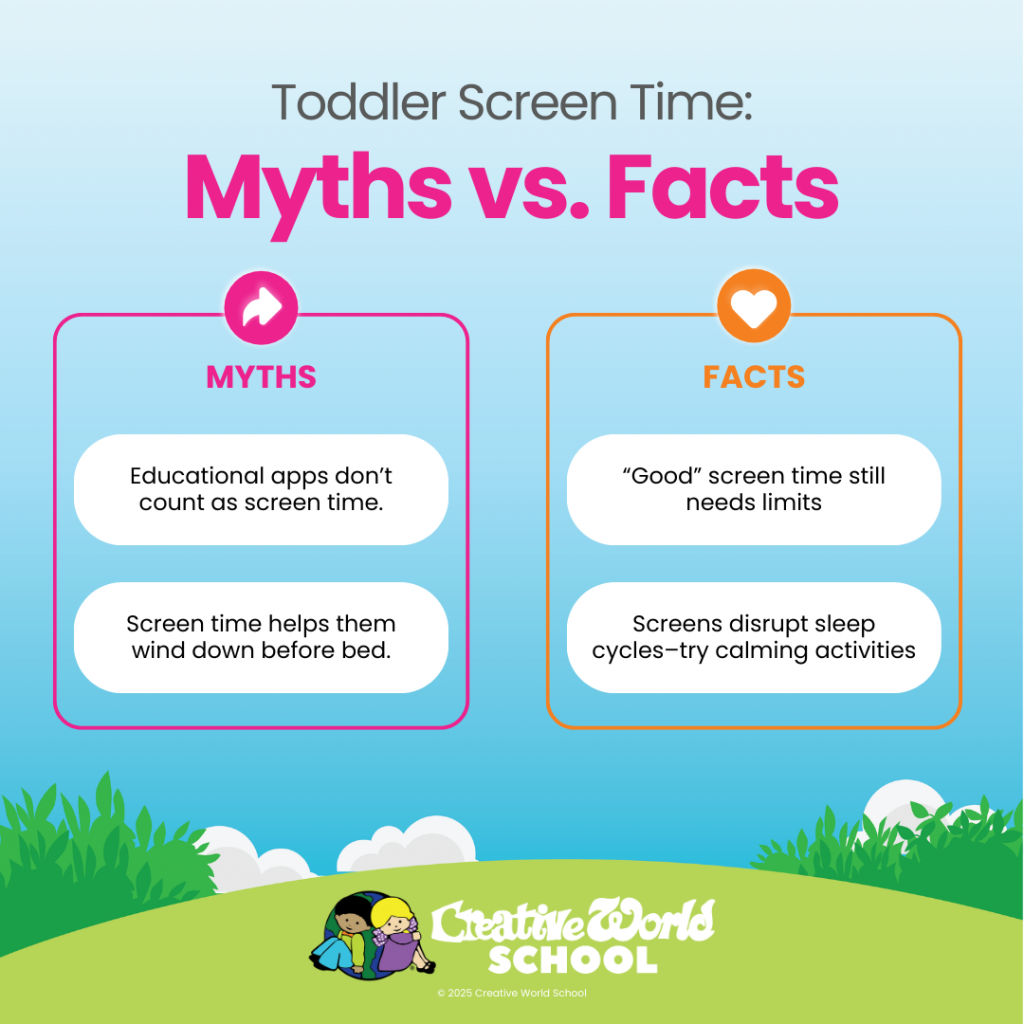
Red Flags: Is Your Toddler Getting Too Much Screen Time?
Spotting screen overexposure early can make all the difference in steering your toddler toward healthier habits. Keep an eye out for subtle (or not-so-subtle) red flags: meltdowns when screens disappear, a sudden obsession with cartoon-inspired karate moves, or a lackluster interest in toys that once sparked joy. If bedtime battles are becoming routine or playdates feel like a chore, it’s time to recalibrate. For a roadmap to reclaim balance, Reset Your Child’s Brain by Victoria Dunckley MD offers a science-backed, four-week plan to dial back screen fog and reignite curiosity, focus, and calm—no guilt trips required.
Practical Tips for Reducing Screen Time Without Tantrums
Cutting back on screen time doesn’t have to mean endless negotiations or tears (yours or theirs!). Start small: Set clear, consistent boundaries with a playful twist—think a colorful kitchen timer or a “screen time superhero” who swoops in to save the day when the clock runs out. Swap zombie-watching for activities that spark joy and connection: Whip up Mozie-mazing Cookies from Daniel Tiger’s Neighborhood, engineer a living-room fortress, or dive into a DIY sensory bin filled with rainbow rice. And remember, kids mirror what they see—stash your phone during family moments to show tech isn’t the main character. For those days when screens are unavoidable, lean on trusted resources like Common Sense Media’s handpicked apps, which turn screen minutes into skill-building wins.
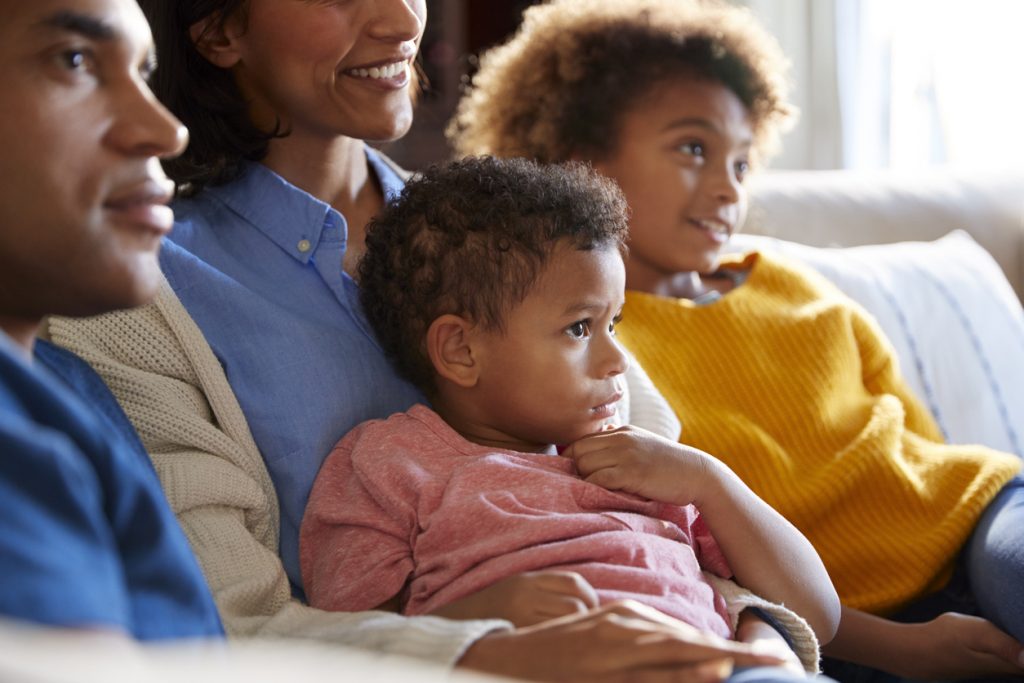
Choosing Quality Content: What Toddlers Should Watch (and Avoid)
Not all screen time is created equal—and some can even be a secret weapon for learning. Co-viewing educational content with your toddler, like Sesame Street’s “Elmo’s World” YouTube playlist, can improve comprehension and engagement. Ditch fast-paced, ad-heavy cartoons and opt for slower-paced gems like Bluey, which weaves empathy and problem-solving into playful sibling adventures. For solo screen moments, apps like Khan Academy Kids turn math into a game with giggly monsters. And when the screen goes dark? Keep the magic alive by pairing episodes with companion books like Daniel Tiger’s Neighborhood: Grr-ific Stories!—because learning doesn’t stop when the credits roll.
Beyond “Perfect Balance”: Raising a Toddler in a Digital World
Screen time with toddlers isn’t about achieving some impossible “perfect” balance—it’s about being thoughtful and present. Think of it as setting a course, not drawing rigid lines in the sand. By creating simple rules, sparking their curiosity with all sorts of non-screen fun, and being choosy about what they watch, you’re giving your little one the best of both worlds: a healthy childhood and a smart start in our tech-filled world. For further reading on finding the right screen time balance for your family, check out The Art of Screen Time by Anya Kamenetz.
At Creative World School, we prioritize hands-on, play-based learning above all else, understanding that real-world experiences are crucial for toddler development, not screens. Discover how our curriculum puts play first.
Schedule a visit to a Creative World School near you today!
Poll
“Finish the sentence: On long car rides, screens are…”
Non-negotiable. Silence is golden!
Banned—we sing Wheels on the Bus instead
A last resort (after snacks, toys, and hope)



